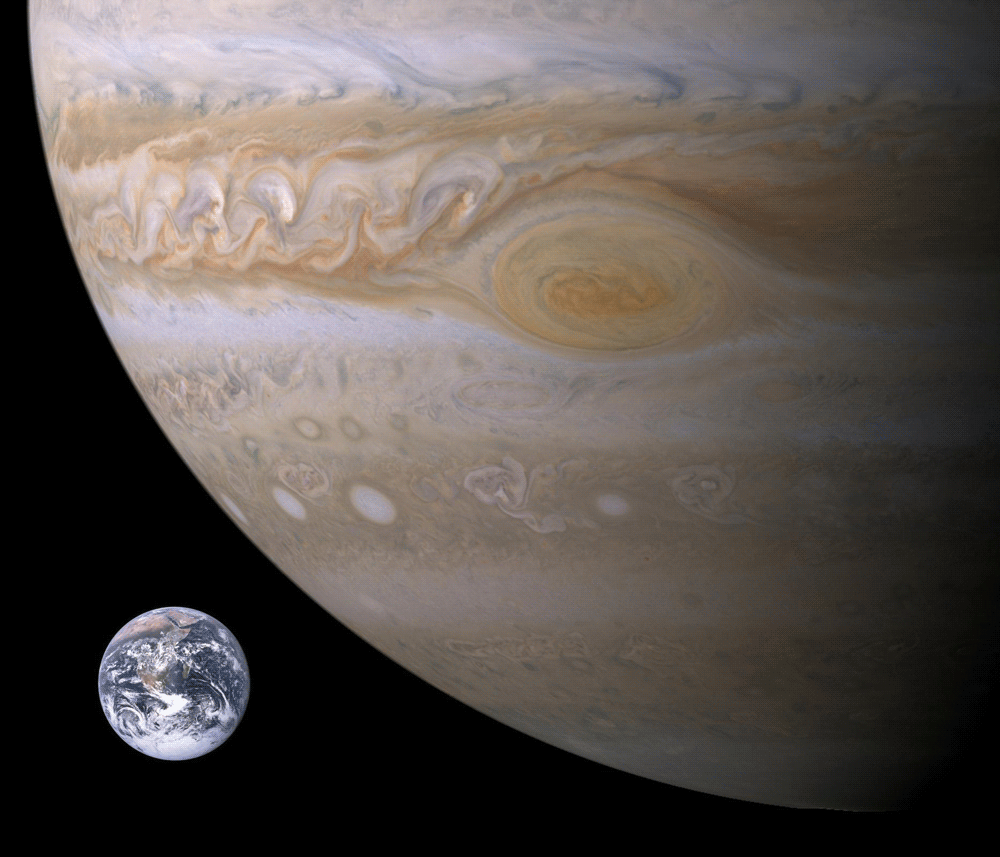In the search for Earth-like planets, scientists look for clues and patterns that can help narrow down the types of systems where potentially habitable planets are – or are not – likely to be found.
Earth-like planets are not likely to be found in systems that have a what’s called a “hot Jupiter,” according to new research published May 7, 2012 by Proceedings of the National Academy of Sciences.
“Hot Jupiters” are giant planets that are roughly the size of Jupiter but orbit more closely to their parent stars than Earth does to the sun, making them much hotter than Earth or Jupiter.

EarthSky interview: Alan Boss on Earth-like planet discovered 600 light years away
The research team used data from NASA’s Kepler mission to look at so-called “hot Jupiter” planets — those roughly Jupiter-sized planets with orbital periods of about three days. If a Jupiter-like planet has been discovered by a slight dimming of brightness in the star it orbits as it passes between the star and Earth, it is then possible—within certain parameters—to determine whether the hot-Jupiter has any companion planets.
Of the 63 candidate hot Jupiter systems identified by Kepler, the research team did not find any evidence for nearby companion planets. There are several possible explanations. One is that there are no companion planets for any of these hot Jupiters. Another is that the companions are too small in either size or mass to be detected using these methods. Lastly it is possible that there are companion planets, but that the configuration of their orbits makes them undetectable using these methods.

However, when expanding the search to include systems with either Neptune-like planets (known as “hot Neptunes”), or “warm Jupiters” (Jupiter-sized planets with slightly larger orbits than hot Jupiters), the team found some potential companions. Of the 222 hot Neptunes, there were two with possible companions, and of the 31 warm Jupiters, there were three with possible companions.
Alan Boss of the Carnegie Institution is a member of the research team. He said:
The implications of these findings are that systems with Earth-like planets formed differently than systems with hot Jupiters. Since we believe that hot Jupiters formed farther out, and then migrated inward toward their stars, the inward migration disrupted the formation of Earth-like planets.
If our sun had a hot Jupiter, we would not be here.
Bottom line: Earth-like planets are not likely to be found in systems that have a what’s called a “hot Jupiter,” according to new research published May 7, 2012 by Proceedings of the National Academy of Sciences.











